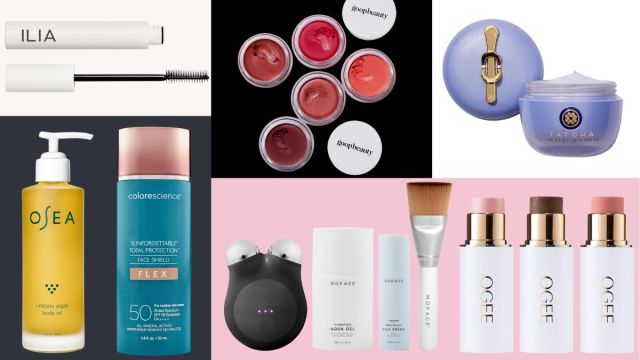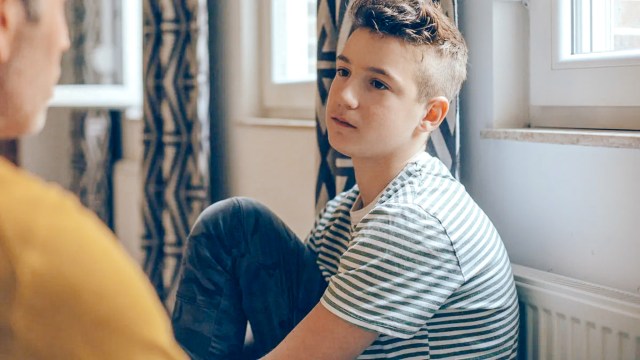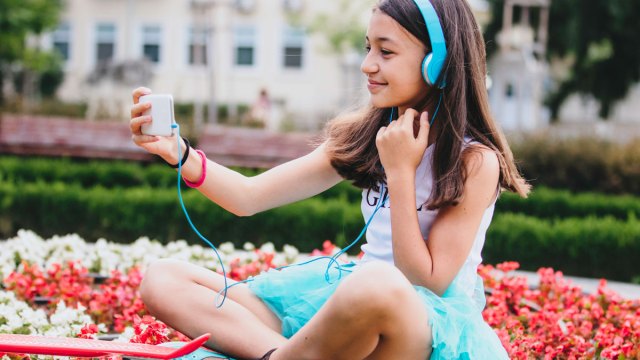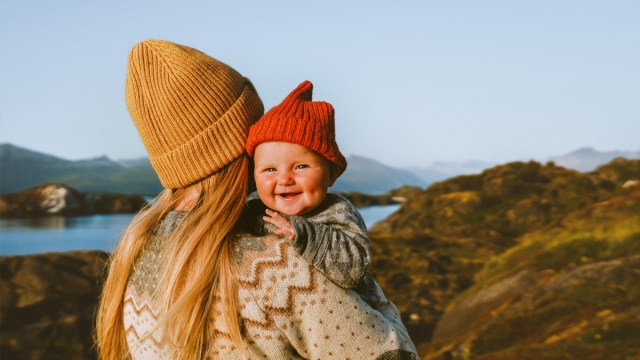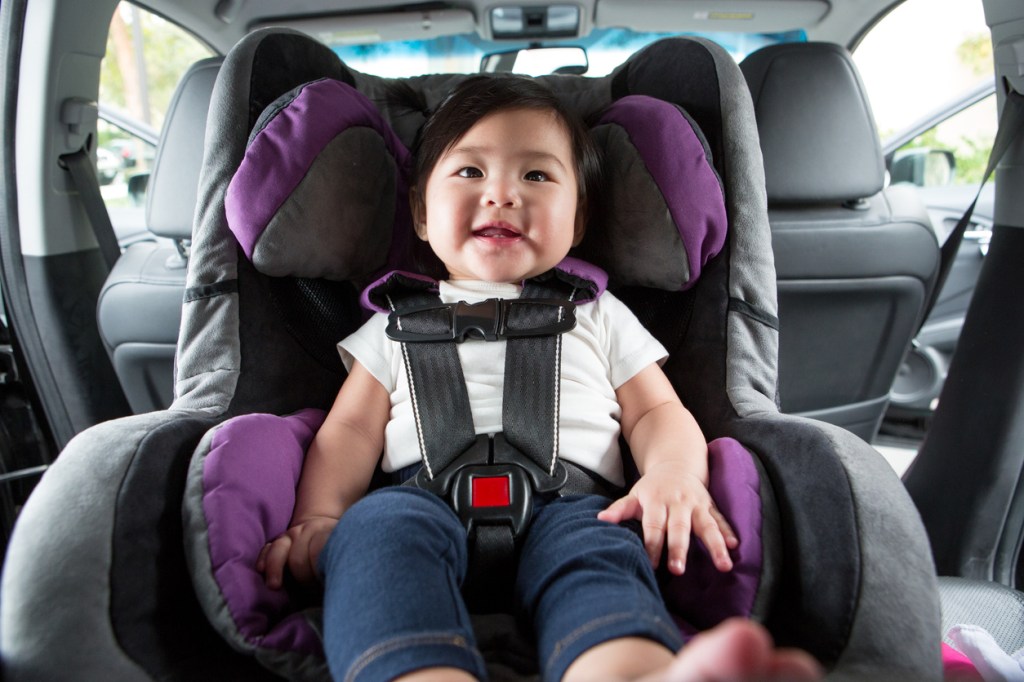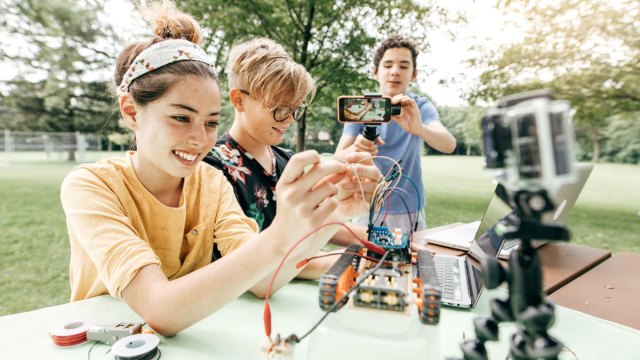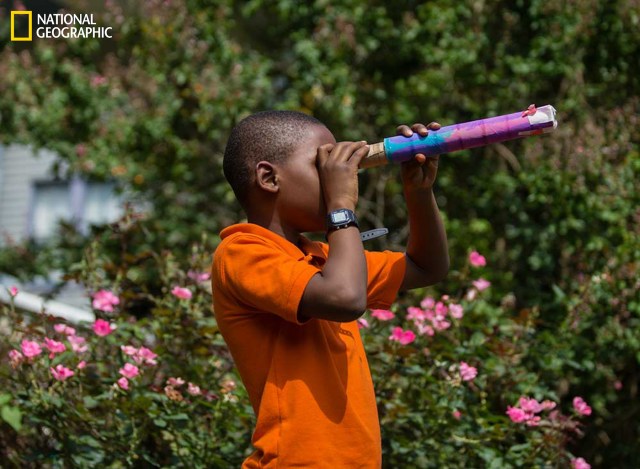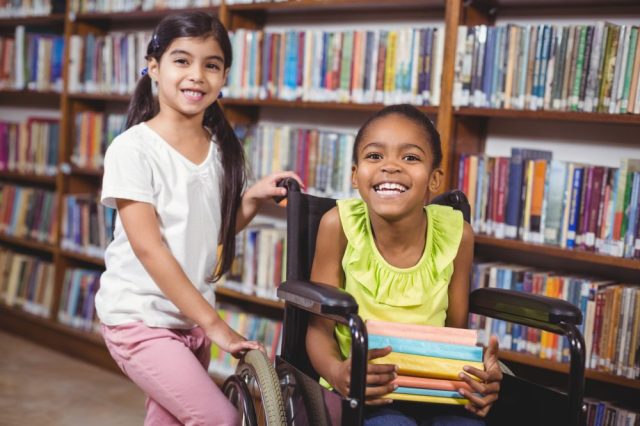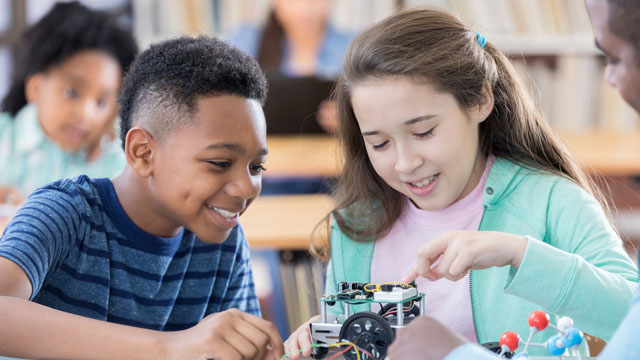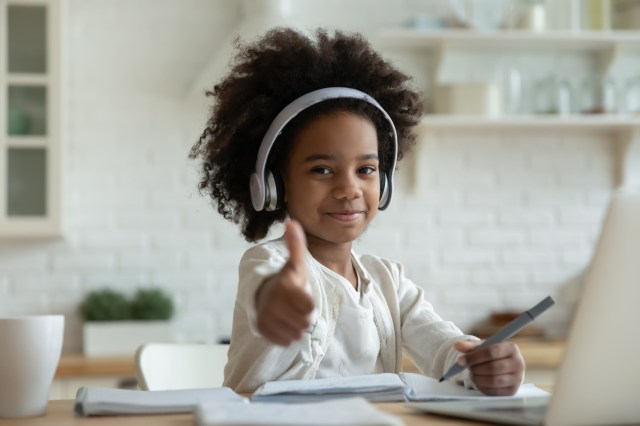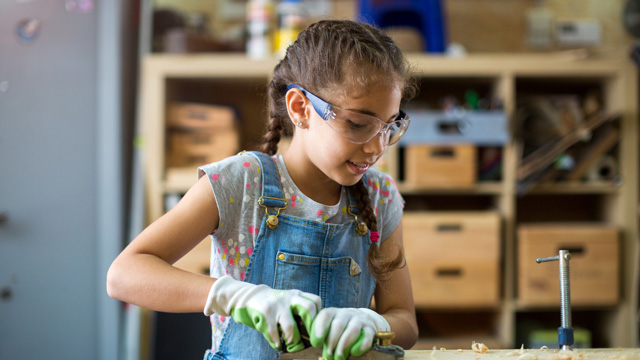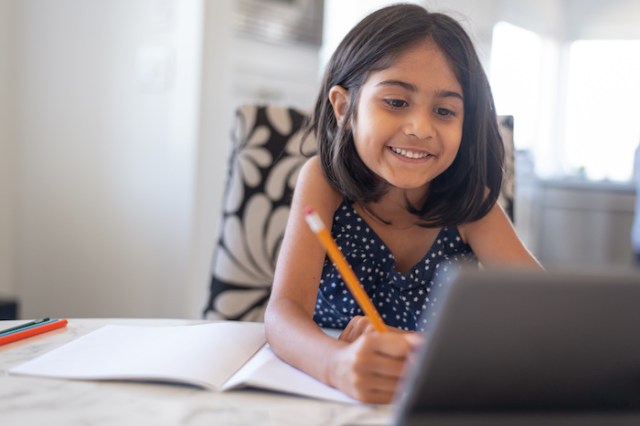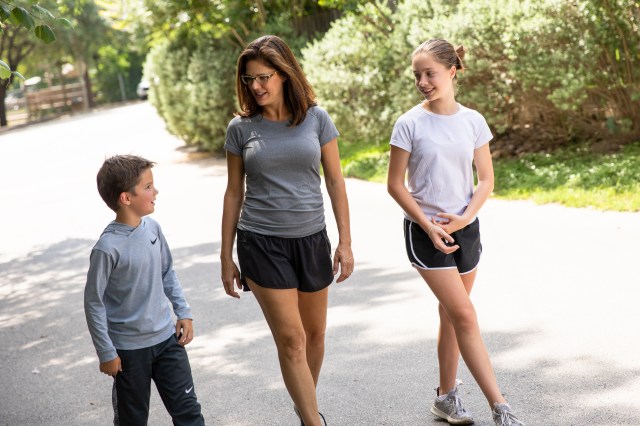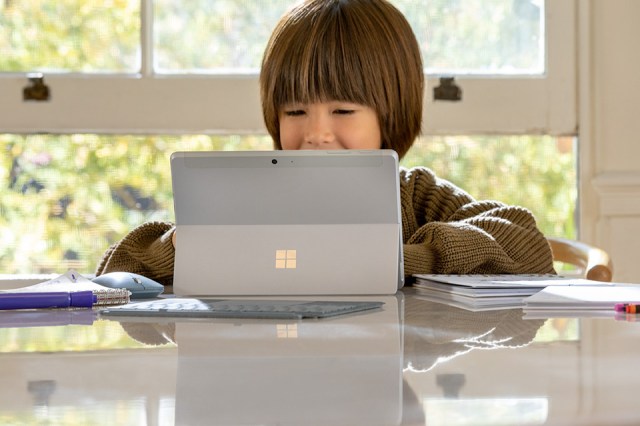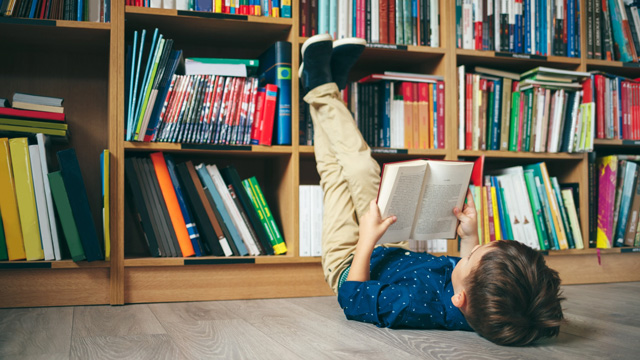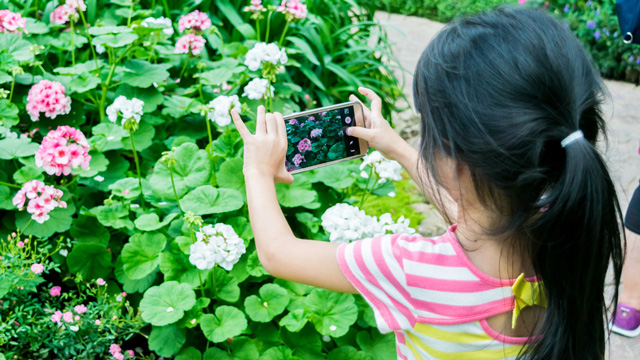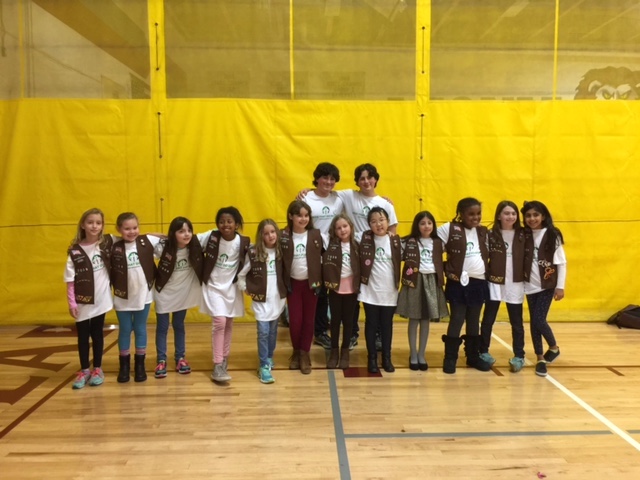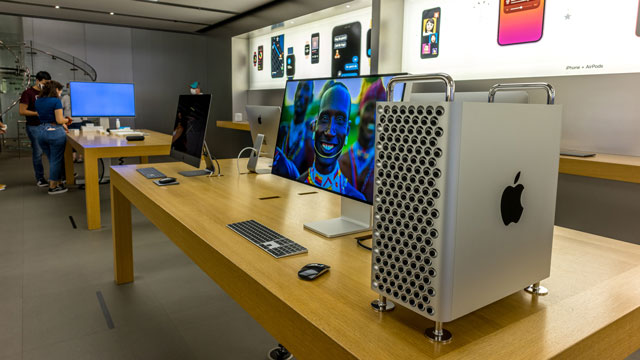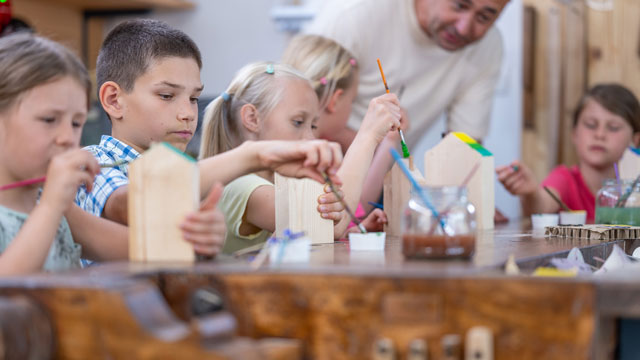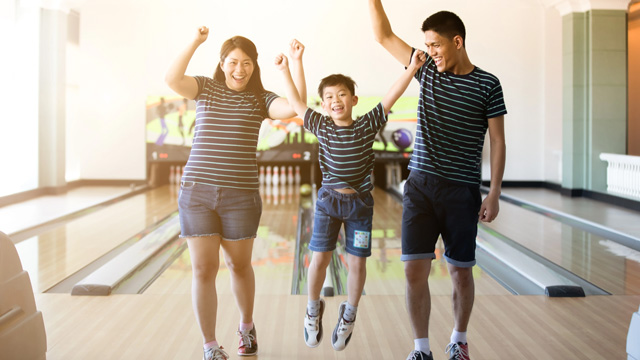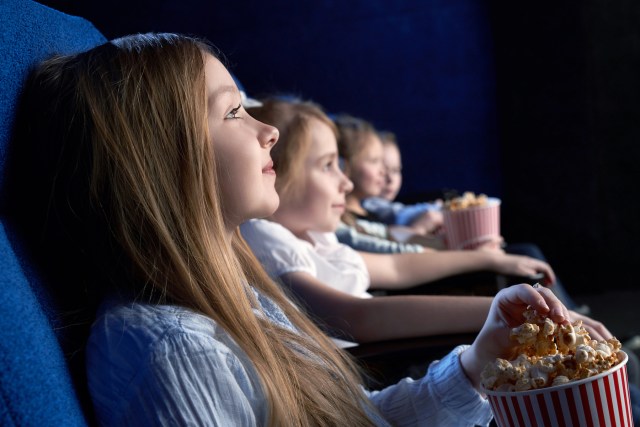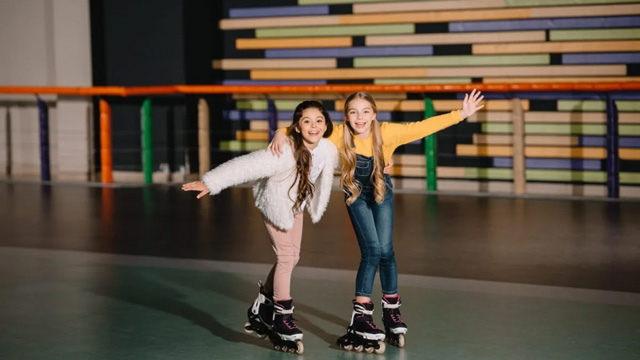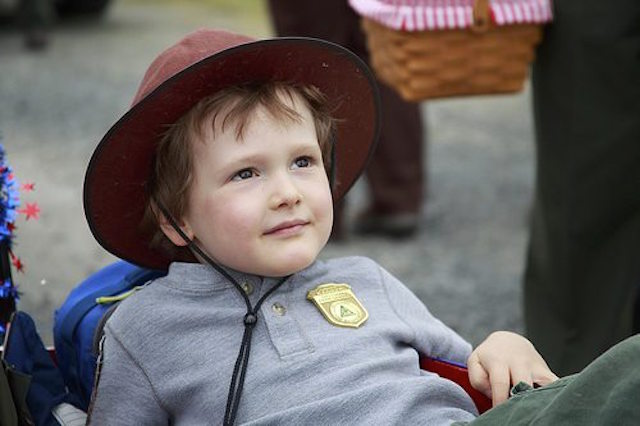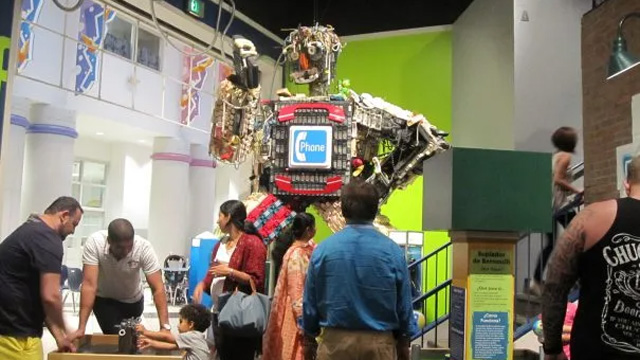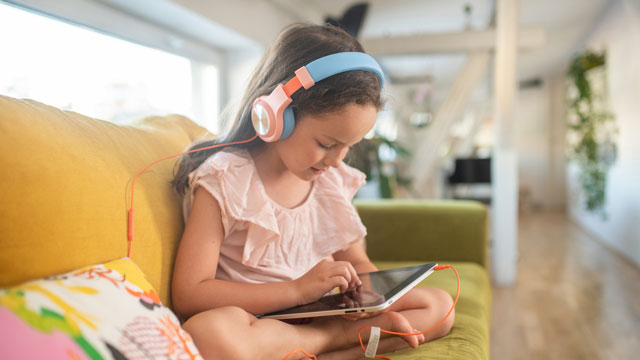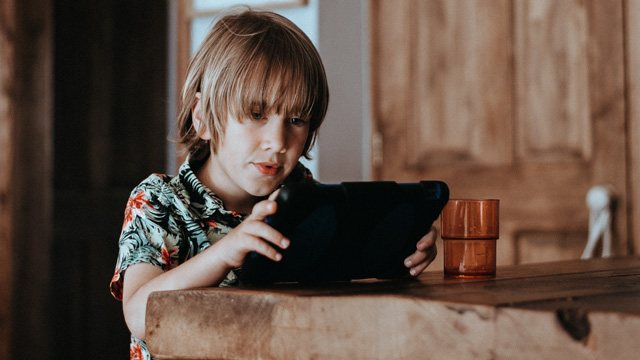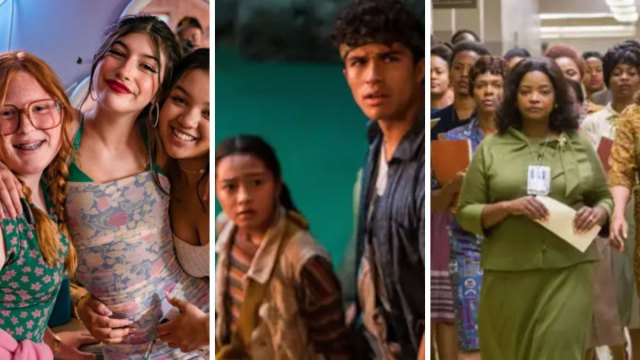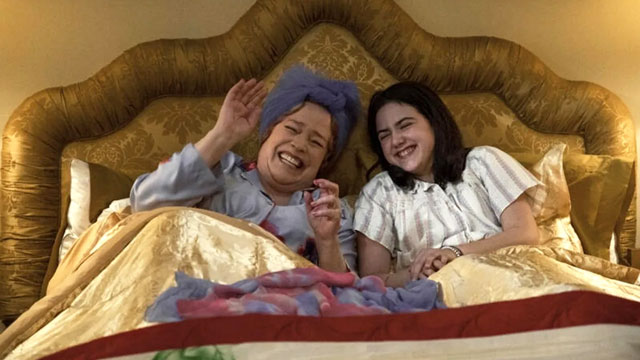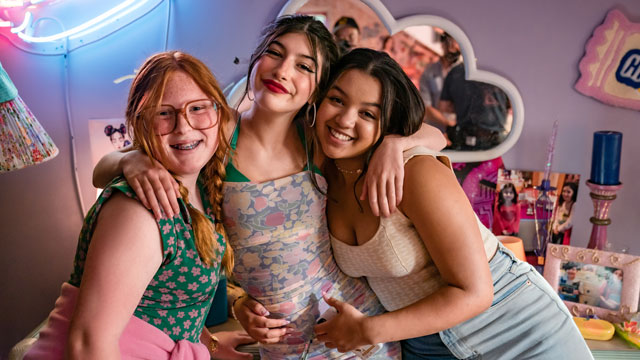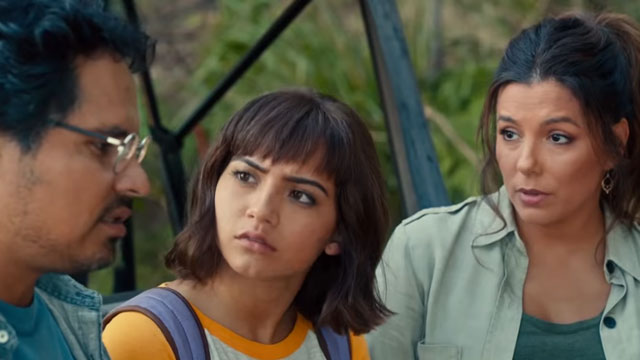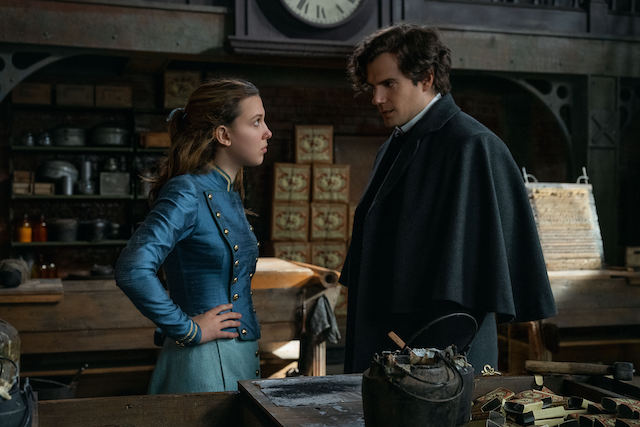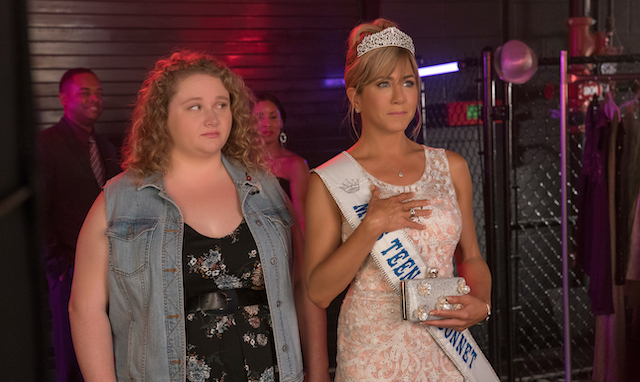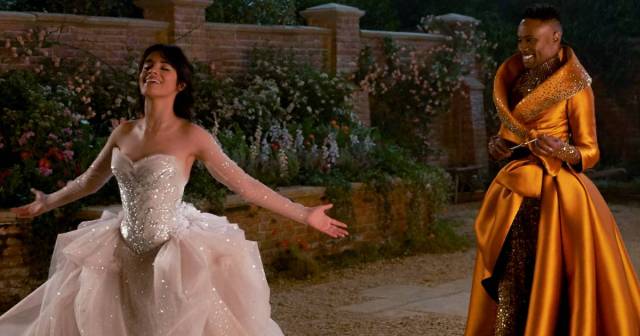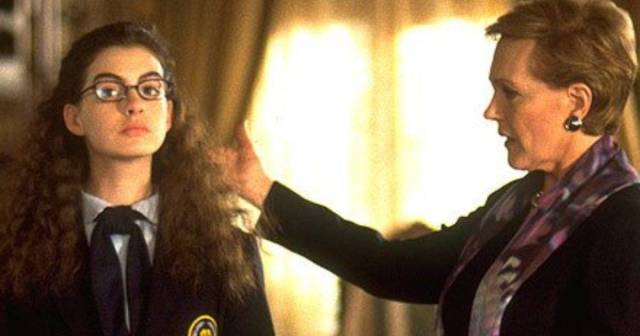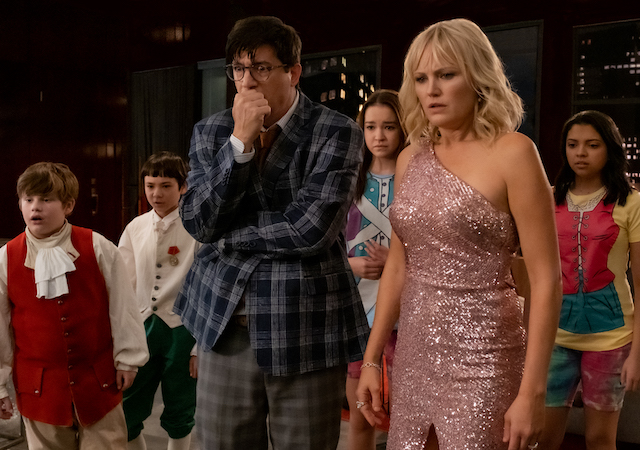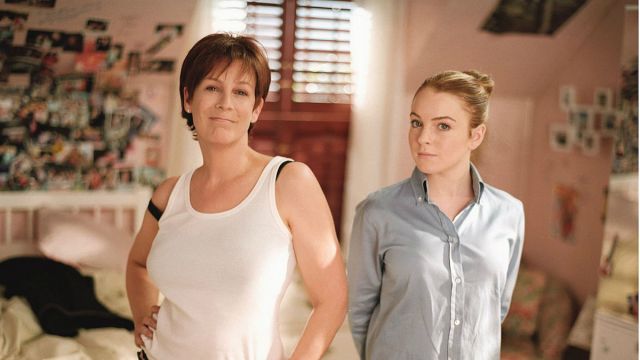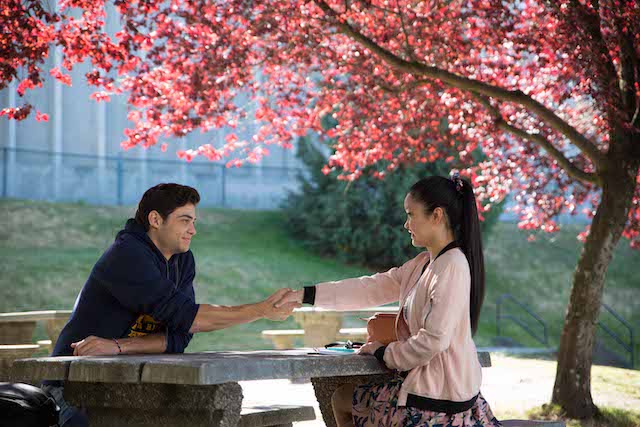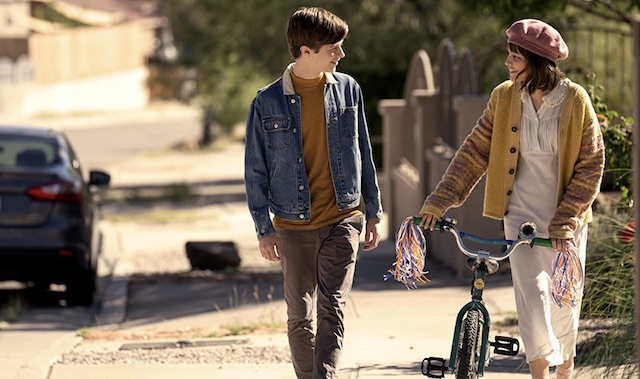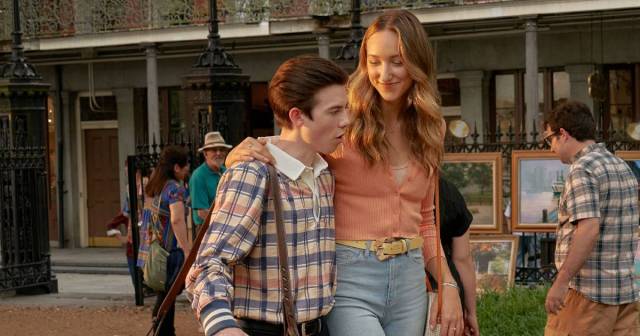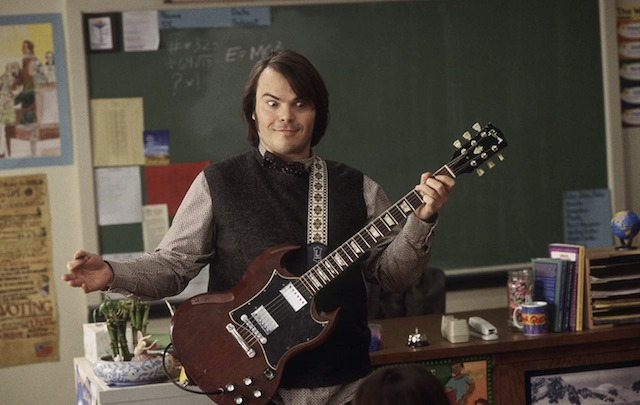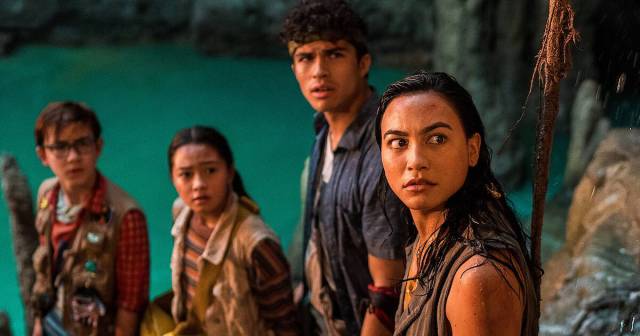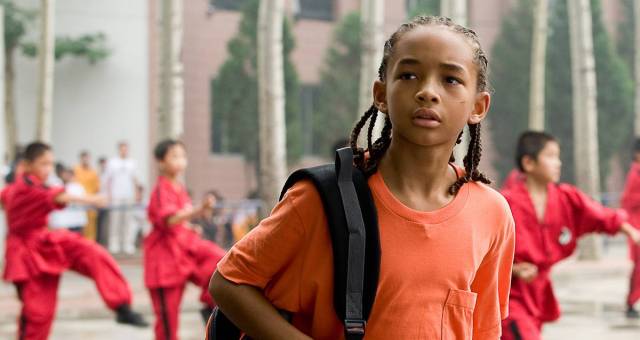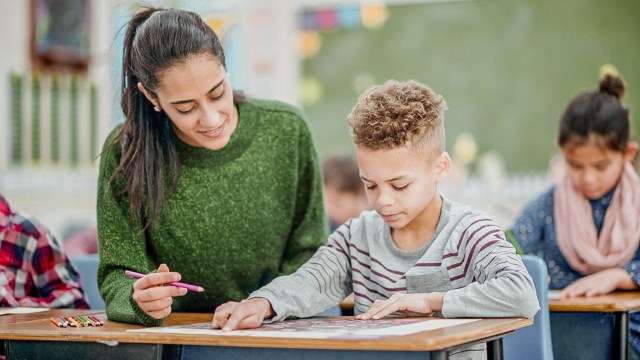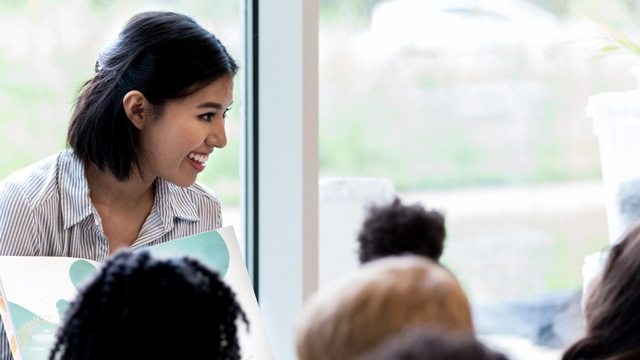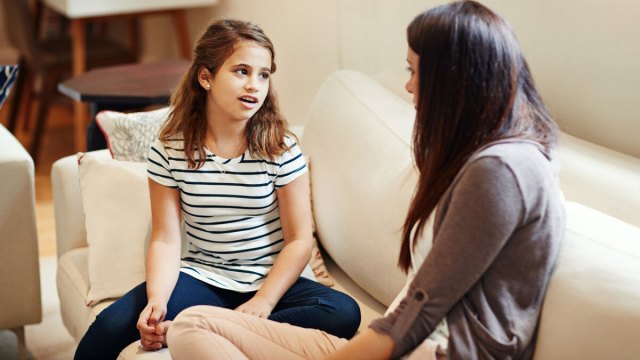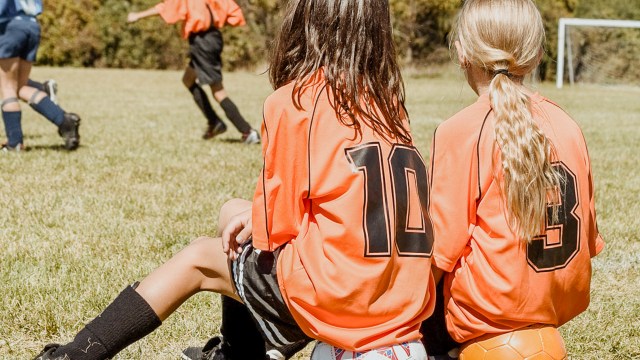We all love a luxury beauty product haul. Whether we stock up our whole cabinet with those goodies, or splurge on just our absolute faves, scoring the best of the best is always a win. The only problem? Having to either physically go to a store to snag luxury beauty products or wait for shipping after finding them online. Such a bummer, especially because we are out of dry shampoo right now!
Luckily our retail go-to Amazon has come through again! Their Premium Beauty options aren’t just authentic and sold directly from the brand or their approved resllers, but are frequently available right through Prime. Hello, two-day shipping. Of course we couldn’t help but put together some of the most pleasantly surprising luxe brands you can order immediately and get into your bathroom, shower, or makeup bag in no time.
Dermalogica Daily Microfoliant
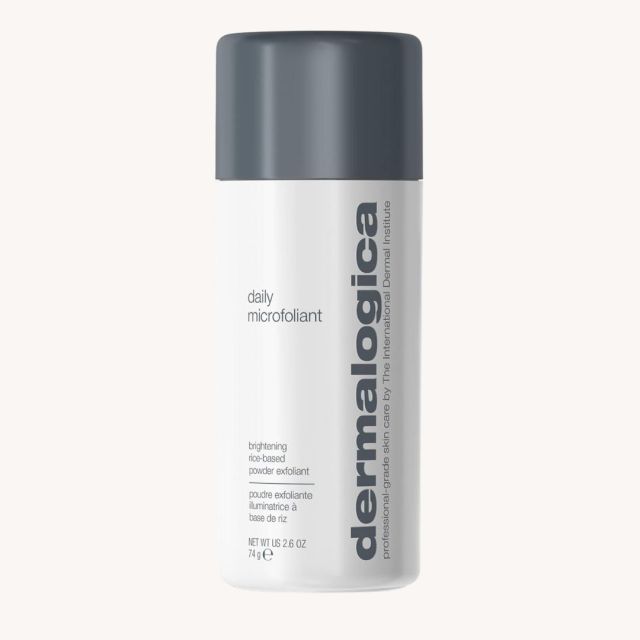
Loved by Oprah and Courteney Cox, and sold every 30 seconds globally, the Dermalogica Daily Microfoliant is designed to minimize dark spots and brighten skin using a rice-based powder. It activates on contact with water to gently exfoliate and smooth. This one's an icon.
Dermalogica Daily Microfoliant ($66.00)—Buy Here!
GrandeLASH-MD Lash Enhancing Serum

Your hair needs love; why wouldn't your lashes? This cult-fave serum is full of vitamins and peptides to enhance and condition for longer, thicker looking lashes. It's an award-winner for a reason!
GrandeLASH-MD Lash Enhancing Serum ($36.00)—Buy Here!
OGEE Face Stick
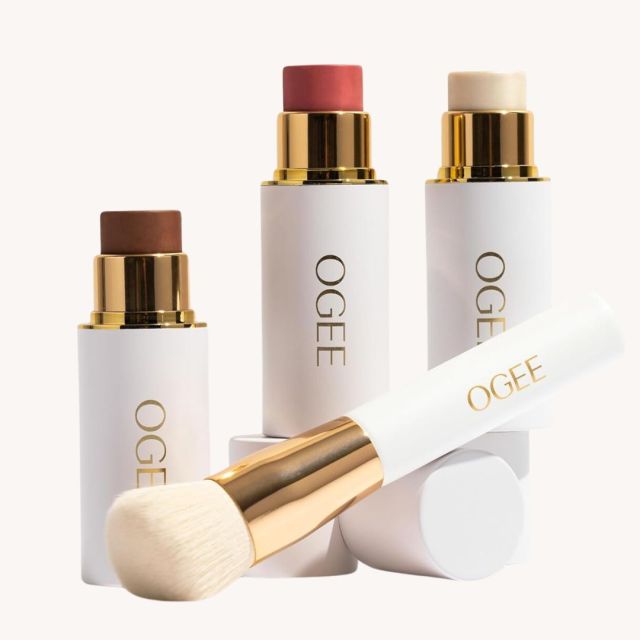
We love a no-makeup makeup look, and the popular OGEE Face Sticks make it unbelievably easy to create. They're certified organic and skin-loving, plus so blendable and buildable. There are a bunch of different hues available, too.
OGEE Face Stick ($46.40+)—Buy Here!
Peter Thomas Roth 24K Gold Pure Luxury Lift & Firm Hydra-Gel Eye Patches

10 minutes to de-puffing, soothing, and fine line reducing, these eye patches are the perfect start (or end) of your skincare routine.
Peter Thomas Roth 24K Gold Pure Luxury Lift & Firm Hydra-Gel Eye Patches ($47.95)—Buy Here!
Herbivore Coconut Milk Bath Soak

Upgrade your bath experience with this silky milk bath from Herbivore. It's incredibly hydrating and has an aromatherapeutic coconut-vanilla scent, too.
Herbivore Coconut Milk Bath Soak ($19.00)—Buy Here!
goop Beauty Cream Blush
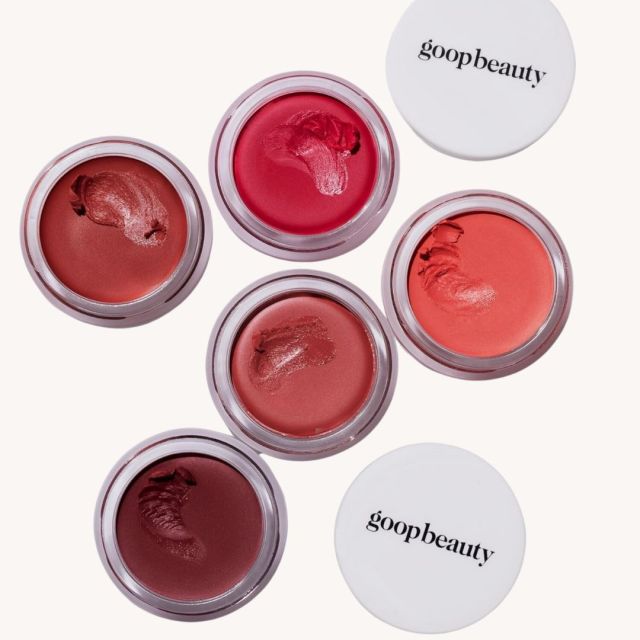
Lips, cheeks, eyelids: every color of this beautiful cream blush is so flattering and buildable, so adding a glow is so easy. It includes vitamin C and E, plus safflower oil and comes in 5 lovely colors.
goop Beauty Cream Blush ($34.00)—Buy Here!
Oribe Dry Texturizing Spray
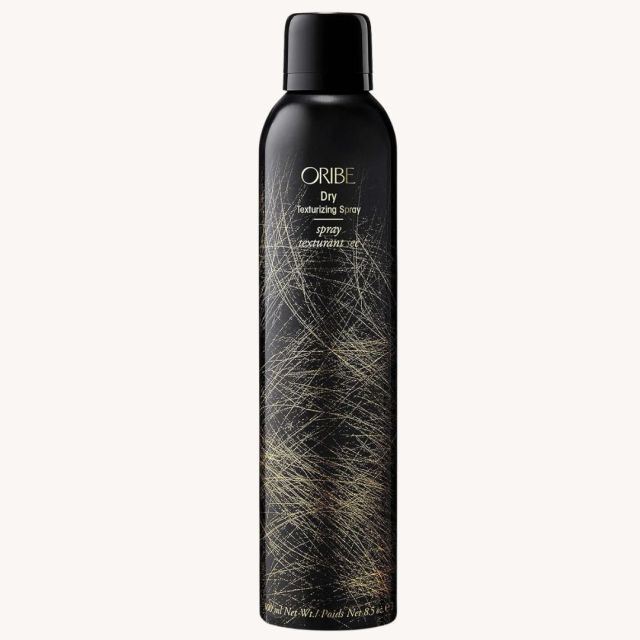
She's an icon. The Oribe Dry Texturizing Spray creates fuller, more volumized, textured looks that last. It's an awesome replacement of a light-hold hairspray and an oil-absorbing dry shampoo.
Oribe Dry Texturizing Spray ($52.00)—Buy Here!
Colorescience Total Protection Face Shield Flex SPF 50
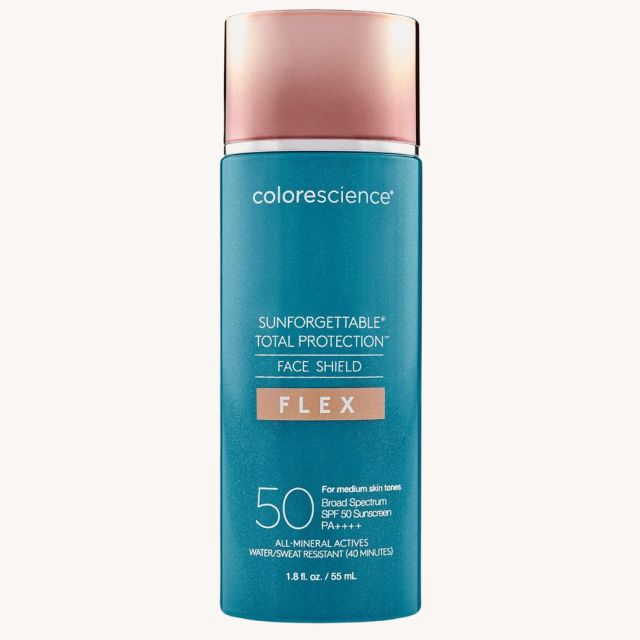
This viral hit sunscreen is legit. Obviously, sunscreen is an absolute must every day, rain or shine, sand or snow, so Colorescience's all-mineral SPF 50 is perfect. But the real magic of this formula is that it goes on white, then literally adjusts to your skin tone for a custom shade that doesn't require any mixing from you! Select from 4 base colors (fair, medium, tan, and deep) and watch as it disappears as you blend.
Colorescience Total Protection Face Shield Flex SPF 50 ($51.30)—Buy Here!
Dyson Airwrap
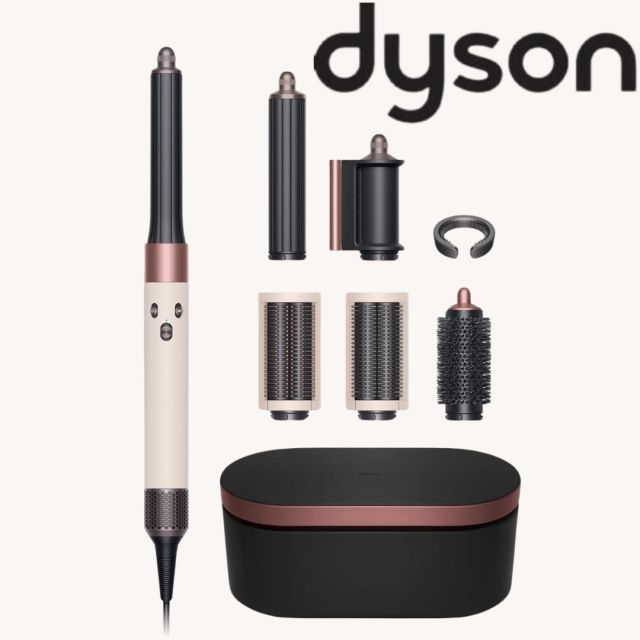
Sure, you know all about the Dyson Airwrap, but not only is it still massively (and understandably) popular; they've also re-engineered it to best fit all kinds of different hair types. With multiple attachments that do all the heavy lifting for you (and this cute limited-edition ceramic pink and rose gold colorway), it's an investment tool that replaces all the others on your bathroom counter. *Tip: make sure your hair is about 80% dry before styling!
Dyson Airwrap ($599.00)—Buy Here!
Tatcha The Dewy Skin Cream
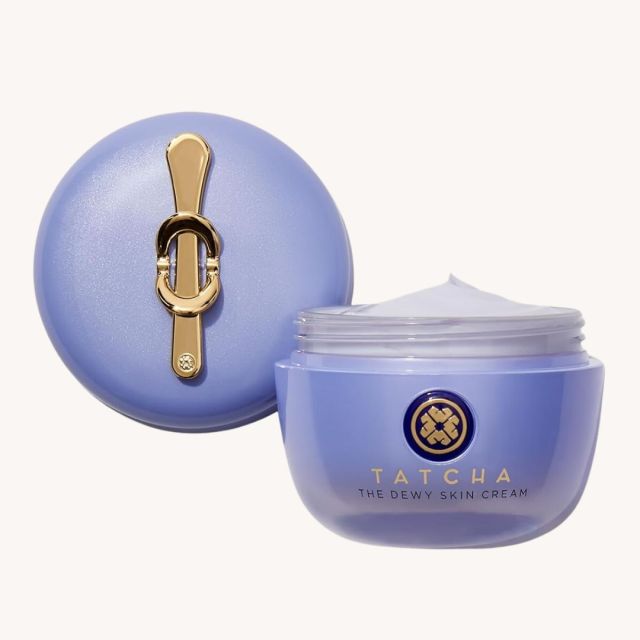
Even if you've never purchased it before, it's likely you know this purple and gold jar already. Tatcha's Dewy Skin Cream has a huge following (there's one sold every minute, according to the brand!). It plumps and smooths with just a pearl-sized amount, so you'll be able to make it last, too.
Tatcha The Dewy Skin Cream ($68.00)—Buy Here!
OSEA Undaria Algae Body Oil
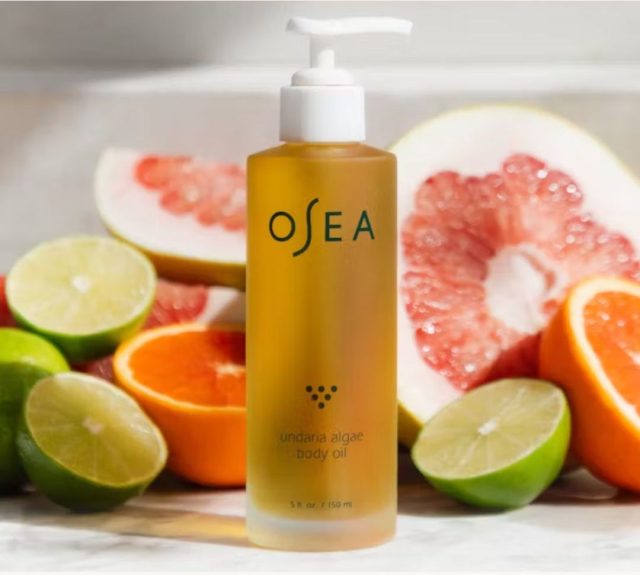
OSEA's repeat viral product, Undaria Algae Body Oil, is loved by Victoria Beckham and sells every 30 seconds over 24 hours, according to the brand. It's non-greasy, perfect for after showers, and has a fresh citrus scent that's subtle enough to layer!
OSEA Undaria Algae Body Oil ($52.00)—Buy Here!
Anastasia Beverly Hills Brow Wiz

ABH's #1 bestseller is an ultra-slim, retractable eyebrow pencil ideal for outlining and detailing brows. It's smudge-proof and is available in 12 shades (which is no surprise coming from the eyebrow gurus over at Anastasia Beverly Hills).
Anastasia Beverly Hills Brow Wiz ($25.00)—Buy Here!
Living proof. Perfect hair Day dry shampoo
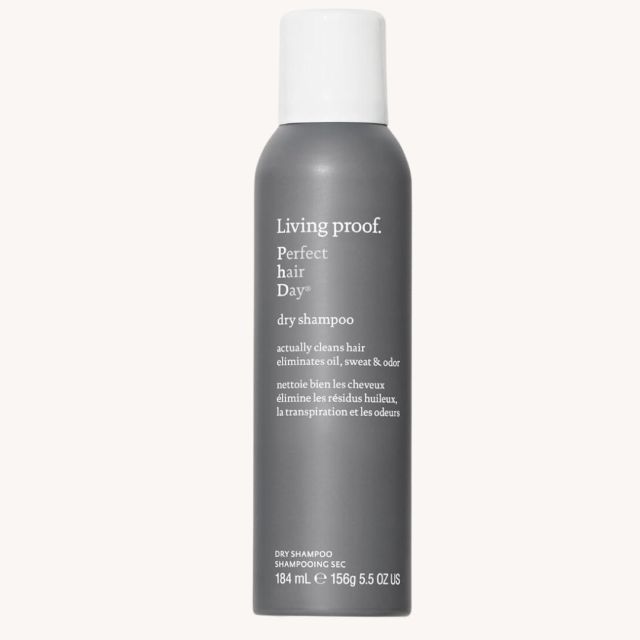
Living proof. dry shampoo is an absolute classic. Instead of just absorbing surface oil, it actually cleans, refreshes, and removes oil and sweat, so you feel totally (almost) shower-fresh.
Living proof. Perfect hair Day dry shampoo ($30.00)—Buy Here!
Dolce & Gabbana Q Eau de Parfum
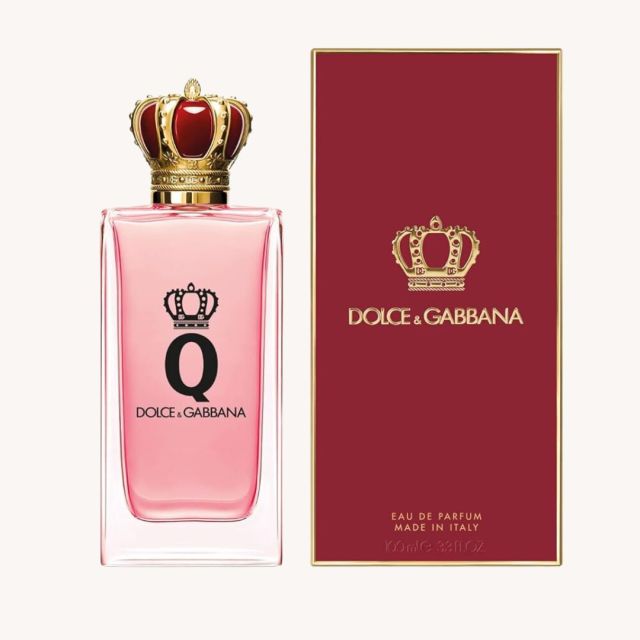
New on the Amazon Premium Beauty scene, Dolce & Gabbana's Q Eau de Parfum is s bold scent blended with Sicilian lemon, Jasmine, cherry, and heliotrope (a flowering plant that gives off vanilla-almond notes). It's a year-round scent you'll want to add to your rotation immediately.
Dolce & Gabbana Q Eau de Parfum ($88.00+)—Buy Here!
ILIA Limitless Lash Mascara
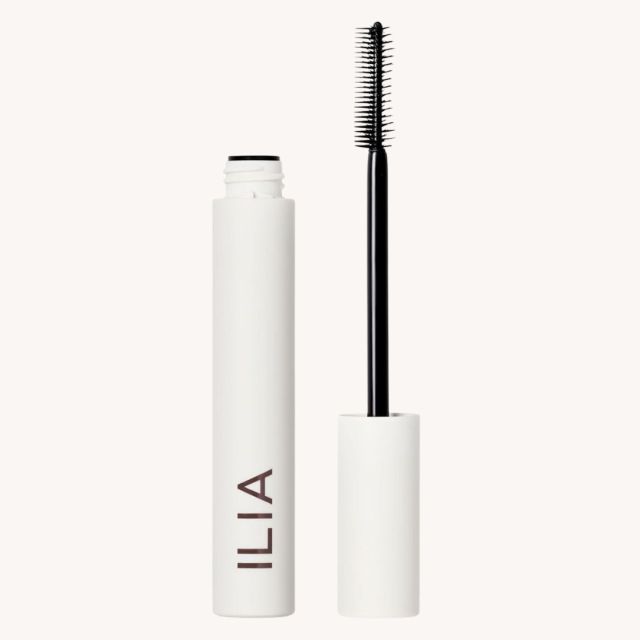
A favorite of our edit team, ILIA's Limitless Lash Mascara is derived from clean ingredients, but that doesn't make it any less of a powerhouse. Clumps, flaking, and smudging? Forget about 'em. And, with a formula that's gentle and lash-loving, you won't think twice about swiping it on every day (especially with the amazing results it gives!).
ILIA Limitless Lash Mascara ($28.00)—Buy Here!
Mario Badescu Drying Lotion

Forget those harsh chemicals we used in high school to clear up breakouts. A few dabs of this gentle drying lotion on your blemish helps to draw out impurities and aids in drying it out overnight! It's fast-acting and super effective.
Mario Badescu Drying Lotion ($17.10)—Buy Here!
rms beauty ReEvolve Radiance Locking Primer
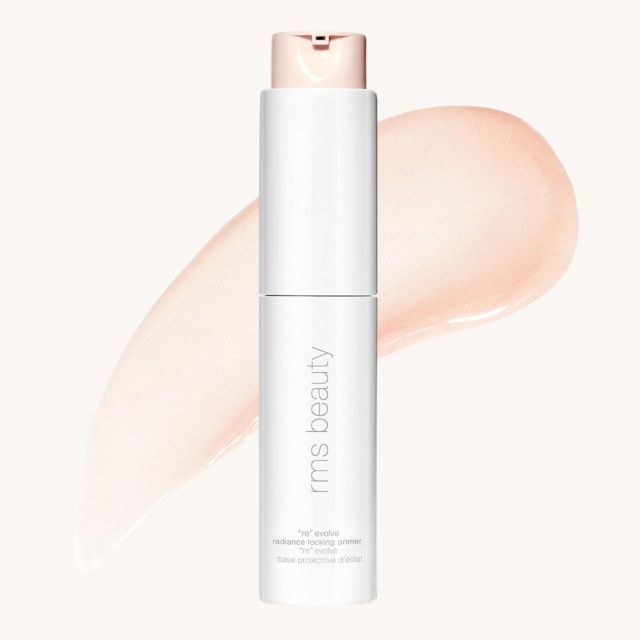
Hydration-boosting, makeup-gripping, skin-loving...what more could you want in a primer? The rms beauty ReEvolve Radiance Locking Primer ticks all the boxes, plus it's refillable so you can feel good about saving on packaging!
rms beauty ReEvolve Radiance Locking Primer ($45.00)—Buy Here!
CND Vinylux Long Wear Top Coat

This fan fave top coat from CND is designed to be used with their Vinylux nail colors (although our shopping editor has used it for years with other nail polishes, too!). It actually gets stronger over time without using a UV lamp! Get ready for 7+ days of pro-looking manicures.
CND Vinylux Long Wear Top Coat ($10.59)—Buy Here!
Kate Somerville ExfoliKate Cleanser
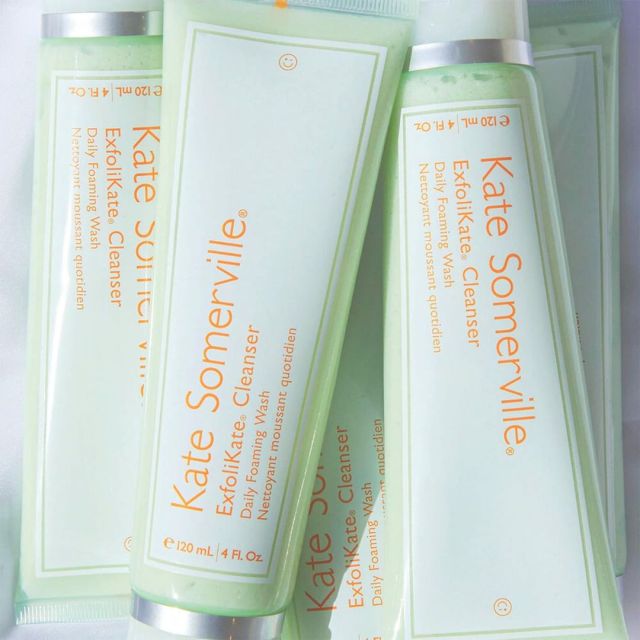
Formulated with AHAs and fruit enzymes to gently cleanse away oil, makeup, and surface impurities to reveal smoother skin, improved pores, and a radiant glow (who doesn't want that?). It's even gentle enough to use twice a day!
Kate Somerville ExfoliKate Cleanser ($39.60)—Buy Here!
NuFACE MINI+ Microcurrent Facial Device Kit
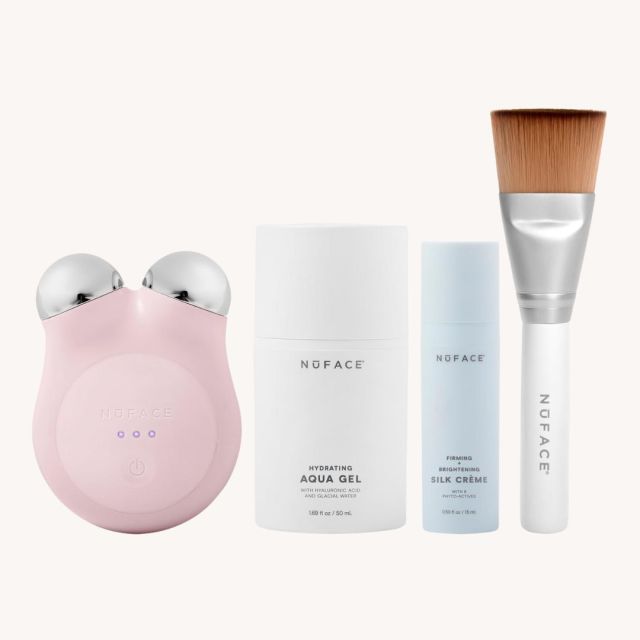
Don't have a medspa at home? Us, either. But, we get pretty darn close with the NuFACE Mini+ Kit. Sculpt and firm the face & neck, improve cheek contour, lift brows, and smooth fine lines and wrinkles. It's even FDA-cleared, so you know you're getting serious quality with this non-invasive kit!
NuFACE MINI+ Microcurrent Facial Device Kit ($187.50)—Buy Here!
StriVectin Advanced Retinol Intensive Night Moisturizer

Retinol is a skincare hero for graceful aging, and StriVectin is a major skincare hero brand. StriVectin's Advanced Retinol Intensive Night Moisturizer uses NIA-114, their patented, optimized form of Niacin/VitaminB3 that's clinically proven to strengthen the skin barrier and supercharge the performance of other ingredients for visibly transformed, healthy-looking skin.
StriVectin Advanced Retinol Intensive Night Moisturizer ($113.05)—Buy Here!
Wonderskin Lip Stain Peel Off Masque

The Wonderskin viral Peel Off Masque is basically if lipstick and lip stain had a baby. You apply it just like any lip color, but it applies as a deep metallic purple (no matter what color you choose) masque that you let dry, then wipe or peel off to reveal your newly stained lips! Waterproof and long-lasting, the peel-off kit includes a setting spray while the original is a wipe-away formula, but either way, you end up with a perfectly stained kisser.
Wonderskin Lip Stain Peel Off Masque ($22.00)—Buy Here!
All the products listed are independently & personally selected by our shopping editors.
If you buy something from the links in this article, we may earn affiliate commission or compensation. Prices and availability reflect the time of publication.
All images courtesy of retailers.
